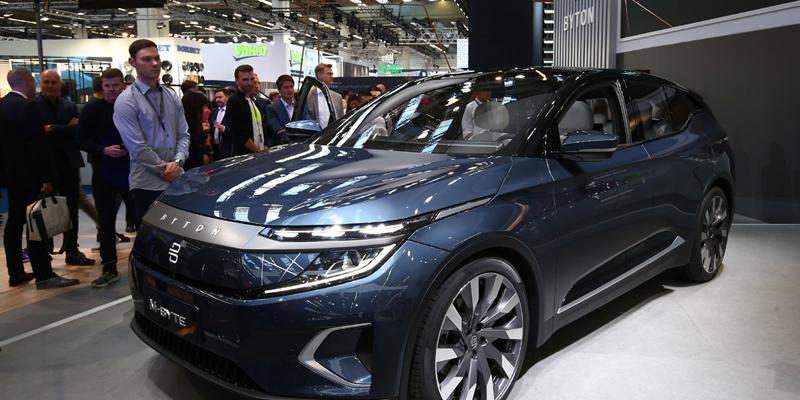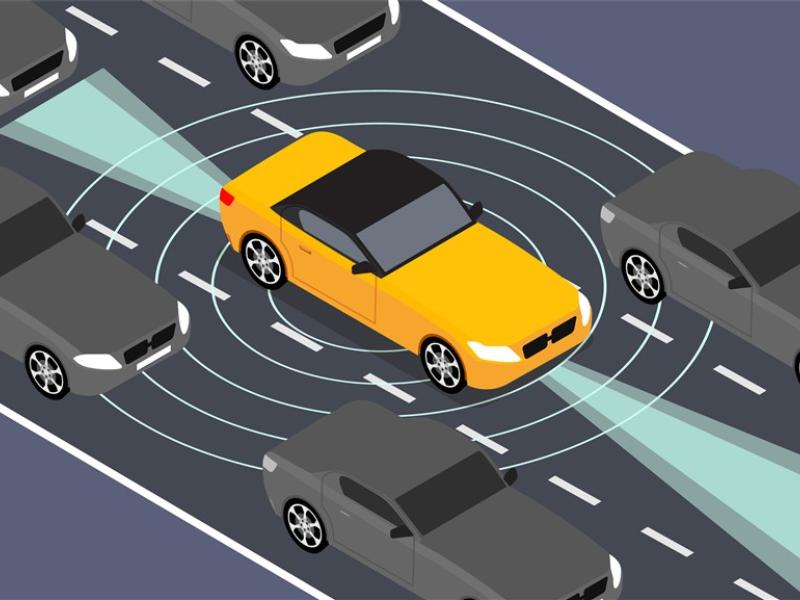The Frankfurt Motor Show has always been one of my favourites – alongside Paris – even though covering it is extremely tiring thanks to its large scale and huge number of exhibits.
This year was no exception, with a thrilling number of new models on display – and not just the wild, weird, and wonderful, but some which could make a real impact on the way we commute in future.
As usual, the German manufacturers have pulled out all the stops in a bid to outdo each other, with the crop of new cars and concepts from the Volkswagen Group, BMW and Mercedes being particularly plentiful.
But it’s not just the Germans who take centre stage, with the new Land Rover Discovery finally launched, as well as Honda’s electric runabout, and a few others.
Here’s my choice of the more interesting cars.
Audi A1 City Carver
A raised ride height gives this newcomer on urban off-road look, with a new front bumper with a pair of high-mounted intakes, black plastic wheel arch mouldings, redesigned side-skirts and stainless-steel-coloured underbody protection panels front and rear. Plus a new, octagonal radiator grille which Audi says is inspired by its range of “Q-branded” SUVs.
BMW Concept 4
The wildest excesses of BMW styling under the Bangle era are forgiven in comparison to the hideous BMW Concept 4, with its ugly over-sized grille. Already 85 percent production-ready, it’s the successor to the beautiful 4 Series coupe. BMW says the grille will be carried over from concept to production almost unchanged...
Byton M-Byte
The Chinese-made Byton M-Byte will be made in right-hand drive and go on sale in the UK by the end of 2021 – which means it could find its way to New Zealand. The M-Byte is a 4.9-metre-long pure-electric SUV, with a range of up to 460km. Its standout feature is a spectacular 48-inch curved OLED 4k display which runs right across the width of the dashboard.
Honda e
The five-door Honda e will cover up to 215km to a charge, although the more powerful Advance closer to 200km. Owners will have the use of an app to control remote charging, cabin pre-sets, navigation and more, while every Honda e gets the bank of touchscreens dominating the interior as well as the side camera mirror system that replaces conventional side mirrors with cameras.
Hyundai 45 Concept
Hyundai’s stunning 45 is more than just a concept; it’s 80 percent production ready, and will develop into Hyundai’s next SUV. It is based on Hyundai’s new scalable electric car platform, with batteries and motors positioned outside or below the passenger compartment.
Lamborghini Sian
The Italian brand’s first hybrid comes with 600kW from a 6.5-litre V12 plus a 48V elelctric motor. Unlike more mainstream hybrids, it’s powered by a supercapacitor, which Lamborghini claims is three times more powerful than a conventional lithium-ion battery of the same weight. Lambo claims 0-100km/h in less than 2.8 seconds and a top speed of around 350km/h.
Land Rover Defender
It’s been a long time coming, but finally the latest iteration of the iconic off-roader is here. The new Defender will be initially released in long-wheelbase “110” trim, with five doors and the choice of five, six or seven seats. A short wheelbase, three-door “90” variant will follow by the end of the year, with commercial editions of both pegged for launch in 2020. All will be 4WD, and all 110s will have air suspension. The 90 will get a simpler coil set-up, although air will be optional across the 90 range, and included on the top trim level
Mini Electric
The brand’s new fully-electric hatchback, the Mini Electric uses what is essentially a BMW i3 powertrain, just in reverse; it’s front-wheel drive rather than the rear-wheel drive i3’s set-up. So it’s quick enough, 0-100km/h in a bit over seven seconds, and packs more than enough range, with a maximum 230km. And interior space is the same as an ICE Mini thanks to clever packaging.
Porsche Taycan
The all-new Porsche Taycan is the German sports car maker’s the first production-ready all-electric car, a four-door fastback aimied at the Tesla Model S Performance. There will be three variants and the battery is 93.4kWh in capacity and uses lithium-ion pouch cells, arranged to allow a small well in the floor of the car for rear passenger foot room. Porsche claims a maximum range of 450km on a single charge for the Taycan Turbo.
Vauxhall Grandland X Hybrid4
For Vauxhall maybe read Holden? This plug-in hybrid has a 147kW 1.6-litre turbopetrol engine and two electric motors (one for the front axle and one for the rear), giving a combined system output of 220kW and 450Nm of torque. The combustion engine feeds its power to the front wheels via an eight-speed automatic transmission, while the rear-mounted electric motor provides the Grandland X Hybrid4 with all-wheel drive. All-electric range is 50km.
Volkswagen ID.3
With the ID.3, Volkswagen presents the first electric vehicle built on the MEB modular platform. It has a scalable battery system offering ranges of up to 550km, while pricing comes in at under 30,000 Euros. VW will offer a guarantee of eight years or 160,000km on ID.3 batteries, while sizing is comparable to the Golf, larger than that in any other vehicle in its category. The ID.3 will be delivered in Germany from mid-2020.






